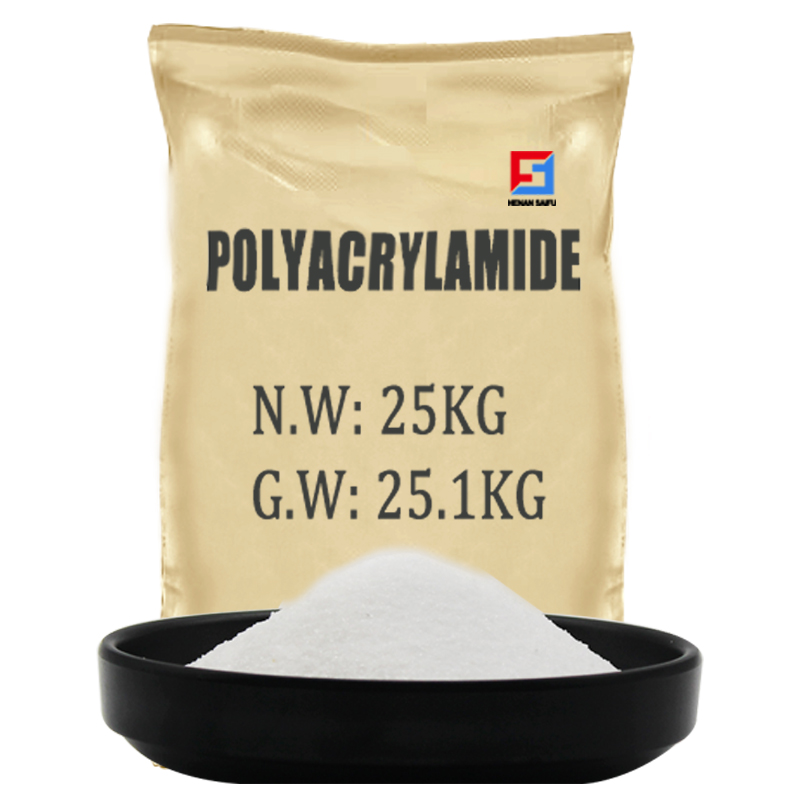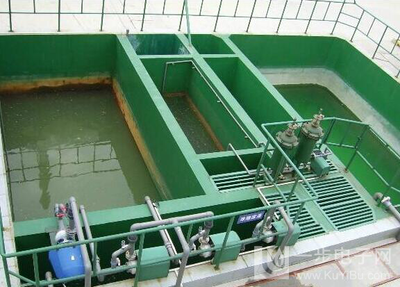Significant Decline in Treatment Efficiency and Difficulty in Meeting Effluent Turbidity Standards
Incompletely dissolved PAM contains a large number of "semi-dissolved hard lumps" and "undissolved particles." The molecular chains of these particles remain unexpanded, rendering them almost incapable of adsorbing silt. Instead, they cause two major issues:
-
Small and Loose Flocs: The effective amount of PAM available for flocculation is reduced, making it unable to "entangle fine particles into large flocs." As a result, fine sand remains suspended in the wastewater, causing a sharp increase in effluent turbidity (e.g., turbidity may exceed 200 NTU instead of dropping below 50 NTU under normal conditions). If the treated wastewater is recycled for sand washing, the washed sand will have a high silt content and reduced quality. If discharged, it will likely fail to meet environmental standards, leading to potential penalties.
-
Slower Settling Rate: Even if a small number of flocs are formed, the incomplete molecular chains of PAM result in weak, low-density flocs that float in the sedimentation tank rather than settling. Wastewater that would normally clarify within one hour may now take more than three hours. This causes the sedimentation tank to operate at full capacity, potentially halting subsequent sand washing processes due to water shortage.
Of course, if PAM is not fully dissolved, residues may remain inside the equipment. This means it fails to function and ends up entering the sludge press along with the sludge, leading to increased chemical costs.
Moreover, it can cause blockages in the equipment. Undissolved polyacrylamide chunks can get stuck in dead corners of the pipelines, requiring frequent shutdowns for cleaning and slowing down the plant's production pace.



